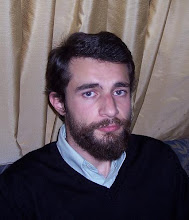Selection of identical responses may not use the same neural mechanisms when the number of alternatives (NA) for the selection changes, as suggested by Hick's law. For elucidating the choice mechanisms, frontal eye field (FEF) neurons were monitored during a color-to-location choice saccade task as the number of potential targets was varied. Visual responses to alternative targets decreased as NA increased, whereas perisaccade activities increased with NA. These modulations of FEF activities seem closely related to the choice process because the activity enhancements coincided with the timing of target selection, and the neural modulation was greater as NA increased, features expected of neural correlates for a choice process from the perspective of Hick's law. Our current observations suggest two novel notions of FEF neuronal behavior that have not been reported previously: (1) cells called "phasic visual" that do not discharge in the perisaccade interval in a delayed-saccade paradigm show such activity in a choice response task at the time of the saccade; and (2) the activity in FEF visuomotor cells display an inverse relationship between perisaccadic activity and the time of saccade triggering with higher levels of activity leading to longer saccade reaction times. These findings support the area's involvement in sensory-motor translation for target selection through coactivation and competitive interaction of neural populations that code for alternative action sets.
Neural activity in the frontal eye fields modulated by the number of alternatives in target choice.
Lee KM, Keller EL.
J Neurosci. 2008 Feb 27;28(9):2242-51.
Subscribe to:
Post Comments (Atom)

No comments:
Post a Comment